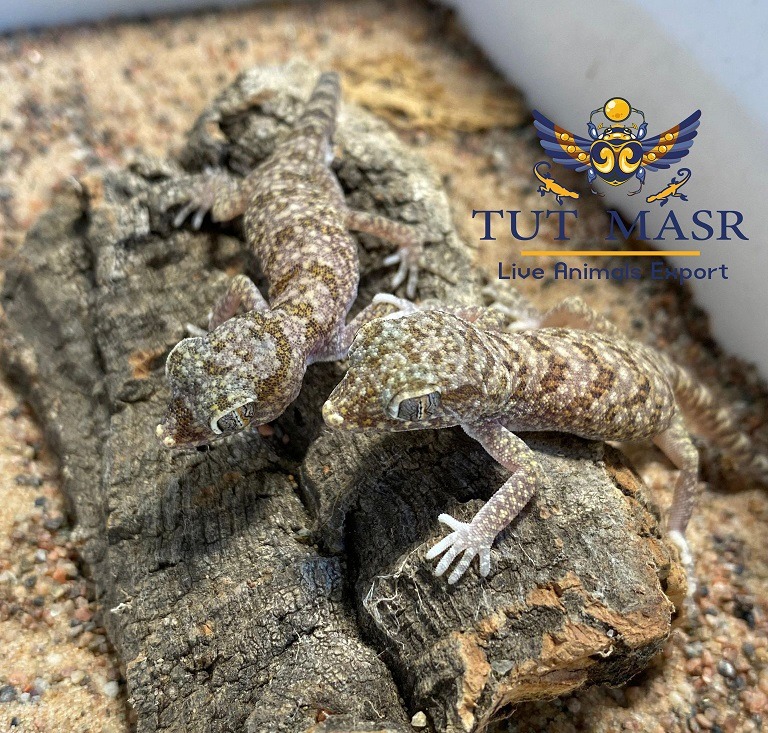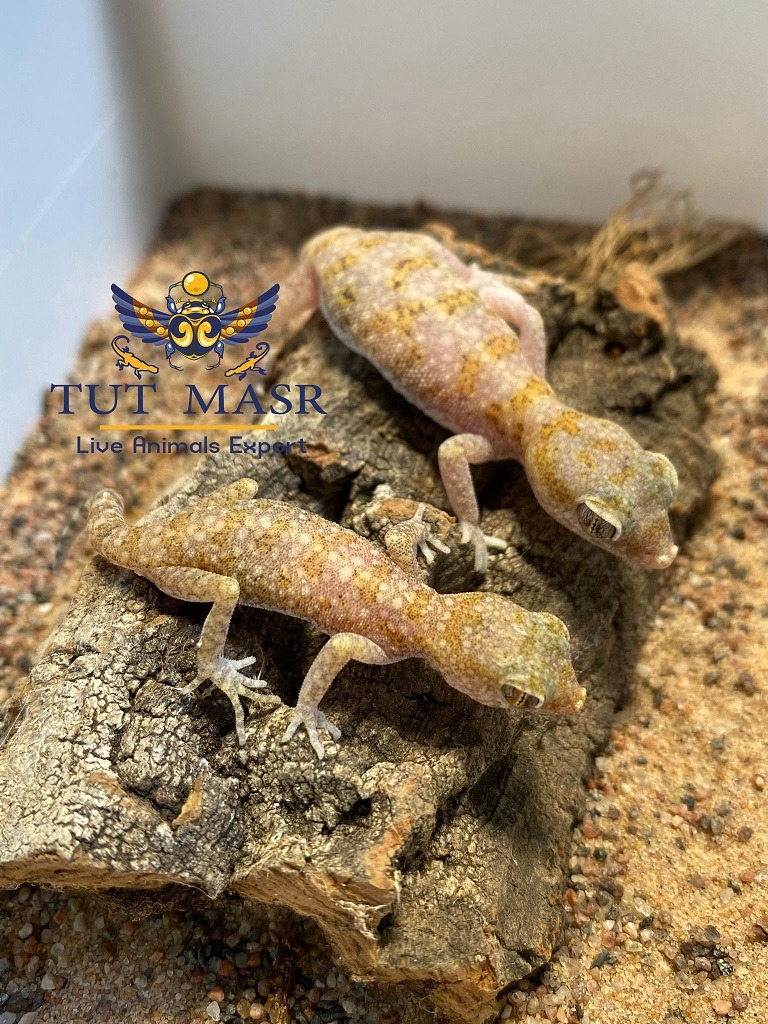Introduction
Welcome to our next blog section, where we will be exploring the fascinating world of the Stenodactylus stenodactylus, a unique species of lizard. Also known as the “Desert Fan-fingered Gecko,” this small reptile is native to the arid regions of North Africa and the Middle East. With its distinctive features and adaptation to desert environments, the Stenodactylus stenodactylus has captured the interest of nature enthusiasts and reptile lovers alike. Let’s dive deep into the world of this remarkable gecko and learn more about its habitat, distribution, and unique characteristics.
Habitat and distribution
The Stenodactylus stenodactylus is primarily found in arid regions, including sandy and rocky deserts, as well as sparse vegetation areas. It is distributed across North Africa, including countries like Morocco, Algeria, Tunisia, Libya, and Egypt. Additionally, it can also be found in parts of the Middle East, such as Saudi Arabia, Jordan, and Israel. These geckos have adapted to survive in harsh desert conditions, where they make their homes in crevices, under rocks, or in abandoned rodent burrows. Their ability to thrive in such extreme environments is attributed to their specialized physiological and behavioral adaptations.
Stay tuned for our upcoming sections, where we will dive deeper into the unique characteristics, behavior, and fascinating adaptations of the Stenodactylus stenodactylus. So, grab a cup of tea and get ready to explore the captivating world of this desert-dwelling gecko.
Physical Characteristics
Size and body structure
Stenodactylus stenodactylus, commonly known as the Spiny-tailed lizard, is a small reptile species belonging to the family Gekkonidae. It is primarily found in the arid regions of North Africa and the Middle East.
The Spiny-tailed lizard has an average length of around 8-10 cm, making it a compact and relatively small lizard. Its body structure is characterized by an elongated and cylindrical body, with a well-developed tapering tail. The limbs are relatively short, but the fingers and toes are long and slender, ending with adhesive pads that aid in climbing and clinging to surfaces.
Coloration and patterns
The coloration of the Spiny-tailed lizard is highly variable and allows for effective camouflage in its natural environment. Generally, the dorsal side of the lizard’s body displays a mottled pattern with shades of brown, gray, and sometimes reddish hues. This pattern helps the lizard blend into the sandy and rocky landscapes where it resides. The ventral side is lighter in color, often pale yellow or white.
It is interesting to note that the Spiny-tailed lizard has spines or tubercles running along its tail, giving it its common name. These spines serve as a defensive mechanism, providing protection against potential predators, as well as aiding in capturing and consuming prey.
Overall, the physical characteristics of Stenodactylus stenodactylus allow it to thrive in its arid habitats and demonstrate its remarkable adaptation to its surroundings.

Behavior and Lifestyle
Nocturnal activity
Stenodactylus stenodactylus: is a species of gecko that is primarily active during the night. It has adapted to a nocturnal lifestyle, which means it spends its daytime hiding and resting in crevices, burrows, or under rocks. This behavior helps the gecko avoid predators and excessive heat during the day, while allowing it to emerge and hunt for food under the cover of darkness.
Feeding habits
Stenodactylus stenodactylus: is an insectivorous gecko, meaning it primarily feeds on insects. Its diet consists mainly of small invertebrates such as crickets, ants, beetles, and spiders. Due to its small size, it preys on small insects that it can easily overpower. The gecko uses its sticky tongue to catch and consume its prey, and its slender body allows it to access tight spaces where insects may hide.
Natural Habitat
Desert and Arid Environments
Stenodactylus stenodactylus, commonly known as the “Stenodactylus” or “Stern-fingered gecko,” is a small species of gecko found in desert and arid environments. These geckos are native to North Africa and the Middle East, with their range extending from Morocco to Egypt and Saudi Arabia. They have also been introduced to other regions, such as the United States and Spain.
These geckos are well adapted to their natural habitat, which mostly consists of sandy deserts and rocky arid environments. They are highly adaptable and can be found in a variety of desert types, including sand dunes, rocky hillsides, and dry wadis (riverbeds). Stenodactylus stenodactylus is primarily a ground-dwelling species but is also known to climb bushes and low-lying vegetation to escape predators or to bask in the sun.
Adaptations to Survive in Harsh Conditions
Stenodactylus stenodactylus has evolved several unique adaptations to thrive in the harsh conditions of their desert habitat. These adaptations allow them to conserve water and regulate their body temperature.
Camouflaged Appearance: Stenodactylus stenodactylus has a cryptic coloration that helps them blend into their surroundings. Their sandy or grey-brown coloration and patterned skin allow them to camouflage against the desert sand and rocks, making it difficult for predators to spot them.
Nocturnal Behavior: These geckos are primarily nocturnal, which means they are most active during the night. This behavior helps them avoid the extreme heat of the day and reduce water loss through evaporation.
Water Conservation: Stenodactylus stenodactylus has the ability to tightly close their eyelids, preventing moisture loss through their eyes. They also possess a water-transporting structure called the cloacal sac, which allows them to absorb water through their vent when it is available. Additionally, their skin is covered in scales that help reduce water loss through transpiration.
Ability to Burrow: These geckos are excellent diggers and have strong forelimbs adapted for burrowing into the sand. Burrowing helps them escape from predators, regulate their body temperature, and reduce water loss in the dry desert environment.
Temperature Regulation: Stenodactylus stenodactylus is ectothermic, meaning their body temperature is dependent on the environmental temperature. They can regulate their body temperature by moving between sun-exposed areas to warm up and shaded or underground burrows to cool down.
These adaptations have allowed Stenodactylus stenodactylus to thrive in some of the harshest environments on Earth. Despite the challenges of desert living, these geckos have managed to survive and carve out a niche in their unique natural habitat.

